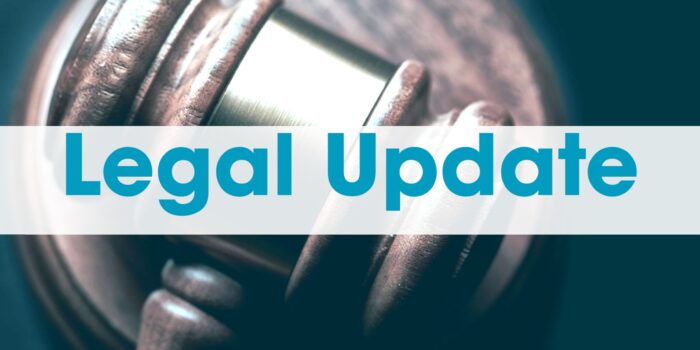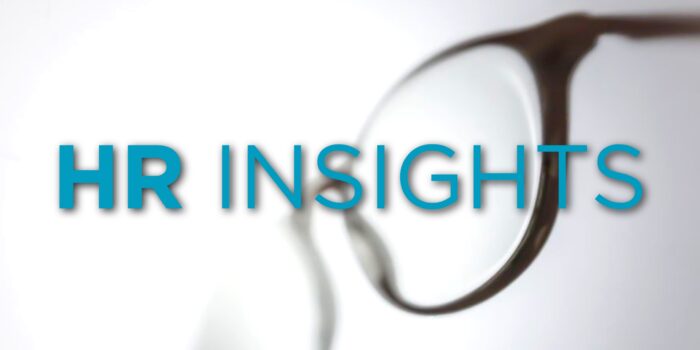[wpseo_breadcrumb]
 On Dec. 22, 2020, the U.S. Department of Labor (DOL) published a final rule to amend employee tip regulations under the Fair Labor Standards Act (FLSA).
On Dec. 22, 2020, the U.S. Department of Labor (DOL) published a final rule to amend employee tip regulations under the Fair Labor Standards Act (FLSA).
The final rule was scheduled to take effect on March 1, 2021; however, on Feb. 26, 2021, the DOL
delayed the rule’s effective date to
April 30, 2021.
Portions Approved to Take Effect
After reviewing the rule for consistency with law and policy, the DOL announced that it will allow provisions that increase worker protections and earnings to take effect in April, including provisions that:


 On Dec. 22, 2020, the U.S. Department of Labor (DOL) published a
On Dec. 22, 2020, the U.S. Department of Labor (DOL) published a  The remote workplace is here to stay, but its role may change.
The remote workplace is here to stay, but its role may change. On Friday, Feb. 26, 2021, the Equal Employment Opportunity Commission (EEOC) released its enforcement and litigation data from the 2020 fiscal year.
On Friday, Feb. 26, 2021, the Equal Employment Opportunity Commission (EEOC) released its enforcement and litigation data from the 2020 fiscal year.